Why Muskie Are Called “The Fish of 10,000 Casts”
In the world of freshwater sport fishing, few pursuits demand as much dedication, patience, and sheer persistence as the quest for muskellunge, commonly known as muskie. These elusive predators have earned the legendary nickname “The Fish of 10,000 Casts,” a title that speaks volumes about the challenge they present to even the most experienced anglers. This moniker isn’t just fishing folklore—it represents the genuine difficulty and commitment required to successfully land one of North America’s most sought-after game fish. For many anglers, the muskie represents the ultimate freshwater challenge, a fish whose capture might require countless hours on the water, unwavering focus, and a willingness to endure numerous fishless days in pursuit of a single, heart-stopping moment.
The Origins of the “10,000 Casts” Nickname
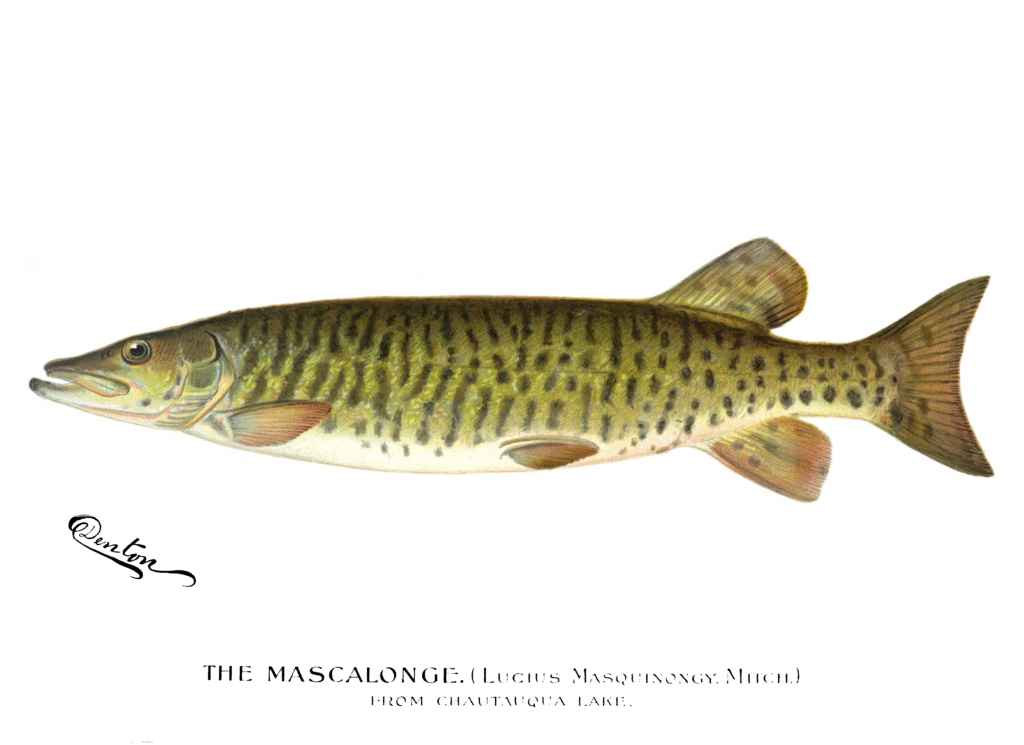
The famous “Fish of 10,000 Casts” nickname originated in the mid-20th century among dedicated muskie anglers in the Upper Midwest. While no single person is credited with coining the term, it emerged organically from the collective experience of early muskie hunters who found themselves making cast after cast, day after day, often without success. The phrase gained widespread popularity through fishing magazines and books of the 1950s and 1960s, particularly as muskie fishing gained prominence as a specialized pursuit. The nickname perfectly encapsulated the extreme difficulty and time investment required to catch these fish, serving both as a warning to newcomers and a badge of honor for those who persevered. Today, the “10,000 casts” moniker has become firmly embedded in fishing culture, instantly communicating the exceptional challenge muskies present.
Muskie Biology and Behavior That Makes Them Difficult to Catch

Muskellunge (Esox masquinongy) possesses several biological and behavioral characteristics that contribute significantly to its elusiveness. As apex predators, muskies typically maintain relatively low population densities compared to other game fish, meaning fewer potential targets exist in any given body of water. Their solitary nature and territorial behavior further reduce encounter opportunities, as they don’t school and tend to stake out specific hunting grounds. Muskies are notoriously moody feeders, often following lures without striking or turning away at the last moment—a behavior anglers call “the figure-eight heartbreak” when a fish follows to the boat but refuses to commit. Perhaps most challenging is their feeding pattern: unlike bass or walleye that might feed regularly, muskies can go days between significant feeding periods, making timing crucial to success. These biological realities create a perfect storm of difficulty that directly contributes to the “10,000 casts” reputation.
The Selective Predator: Understanding Muskie Feeding Habits

Muskies have earned a reputation as perhaps the most selective predators in freshwater ecosystems, displaying feeding behaviors that frustrate even seasoned anglers. Unlike opportunistic feeders, muskies often exhibit what appears to be calculated decision-making before committing to a strike, carefully evaluating potential prey. They frequently engage in “follows”—tracking lures for extended distances without striking, sometimes coming within inches of an angler’s offering before turning away. Research suggests muskies develop preference patterns for specific prey profiles, meaning they might ignore perfectly presented lures that don’t match their current preferred forage. Seasonal patterns further complicate matters, with muskies often becoming most active during weather and seasonal transitions that are difficult to predict. This extreme selectivity means anglers must not only find a muskie but also present exactly the right lure, in precisely the right way, during a brief window when the fish is willing to feed—a challenging proposition that contributes enormously to the “10,000 casts” reputation.
The Psychological Game: Mental Challenges of Muskie Fishing

Pursuing muskies tests an angler’s mental fortitude, unlike almost any other fishing experience. The extended periods without action, sometimes spanning multiple trips or entire seasons, create a psychological challenge that many anglers find difficult to overcome. Each fruitless cast builds a mental weight that can lead to doubt, second-guessing, and the infamous “muskie fever” that causes normally composed anglers to make critical mistakes when an opportunity finally presents itself. Successful muskie anglers develop what amounts to a zen-like approach, finding satisfaction in the process rather than fixating solely on results. The mental stamina required to maintain focus and proper technique across thousands of repetitive casts separates dedicated muskie hunters from casual participants. For many, this psychological dimension proves more challenging than the physical demands, as maintaining unwavering confidence despite evidence suggesting futility becomes its own distinct skill set.
Specialized Equipment Requirements
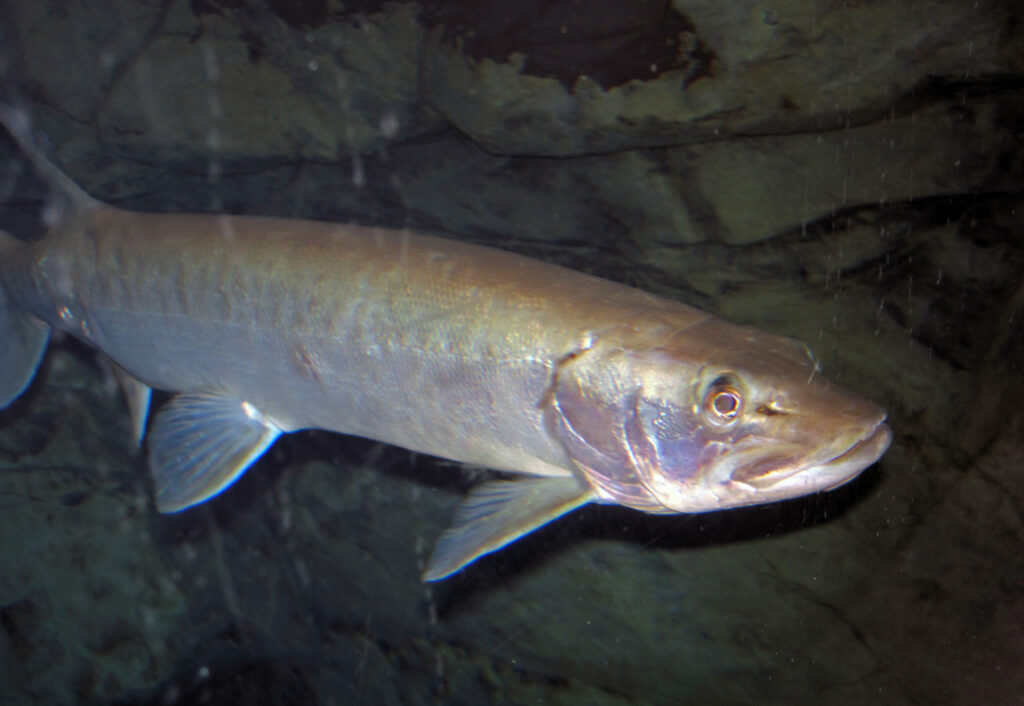
The specialized gear required for effective muskie fishing creates another significant barrier contributing to their difficult reputation. Proper muskie tackle typically includes heavy-duty rods (often 8-9 feet long), high-capacity reels, and 8100-pound test leaders—equipment that’s both expensive and physically demanding to use all day. Muskie lures themselves represent a substantial investment, with premium offerings frequently costing $25-50 each and specialized options exceeding $100. A well-equipped muskie angler might carry dozens of these lures to cover various conditions. Beyond the financial investment, this gear creates physical challenges, as casting large, wind-resistant lures all day leads to significant fatigue. The equipment learning curve is steep as well—techniques like the figure-eight boat-side maneuver require practice to master, and improper equipment handling often results in missed opportunities. Even with perfect equipment, the physical toll of making hundreds of casts with heavy tackle creates a genuine endurance challenge that contributes to the “10,000 casts” reputation.
Habitat Complexity and Finding Prime Locations
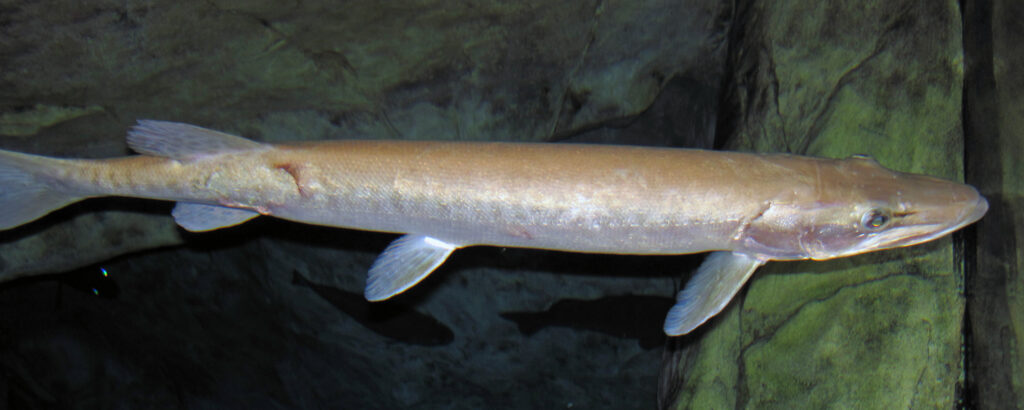
Muskies inhabit some of the most complex freshwater environments, utilizing different habitat types throughout the season and even throughout the day. Their preferred structural elements—weed edges, rock-to-sand transitions, sunken islands, and deep drop-offs—require a sophisticated understanding to locate and fish effectively. Unlike species concentrated in predictable areas, muskies often position themselves in precise spots within vast potential habitat, creating the proverbial “needle in a haystack” scenario. Seasonal movements compound this challenge, as muskies relocate based on water temperature, prey availability, and reproductive cycles. Successful muskie anglers develop detailed mental maps of underwater structure, often spending more time searching for high-percentage locations than actually fishing them. The combination of complex habitat utilization and low population density means anglers might make thousands of casts in “good-looking” areas before discovering the precise locations and patterns that hold active fish.
Weather and Seasonal Patterns
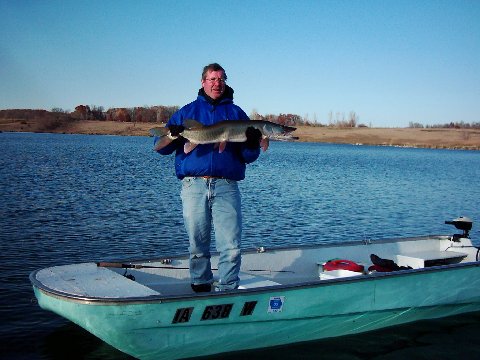
Muskies exhibit some of the most pronounced weather-related behavior patterns of any game fish, creating another layer of complexity for anglers. These predators often become most active during weather transitions—falling barometric pressure, approaching fronts, and changing wind conditions—that may represent only brief windows during an outing. Seasonal patterns add further complication, with traditional peak periods including late spring, early summer, and fall, though these can shift dramatically based on local conditions. Water temperature plays a crucial role in muskie activity, with specific temperature ranges (typically 55-75°F) producing peak feeding periods. The challenge for anglers is aligning their limited fishing time with these often unpredictable windows of opportunity. Even dedicated muskie hunters frequently find themselves on the water during suboptimal conditions due to schedule constraints, meaning many of those “10,000 casts” occur during periods when success is statistically unlikely regardless of skill or presentation.
The Learning Curve: Experience and Knowledge Requirements
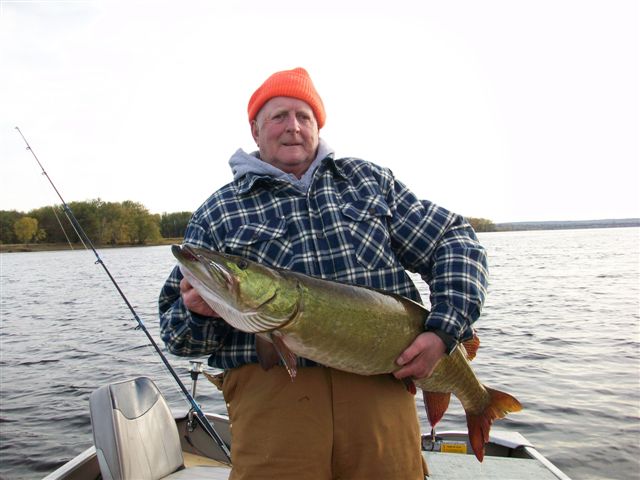
The steep learning curve associated with muskie fishing significantly contributes to the “10,000 casts” reputation, particularly for newcomers to the pursuit. Effective muskie fishing demands specialized knowledge across multiple disciplines, including seasonal patterns, lure selection, presentation techniques, and fish-handling protocols. This knowledge base typically develops through years of experience, with many successful muskie anglers citing a three-to-five-year “apprenticeship” before achieving consistent success. The nuanced skills—like detecting subtle strikes, properly executing figure-eight maneuvers, and reading structural elements—cannot be fully conveyed through books or videos alone. Perhaps most critically, muskie fishing requires developing pattern recognition abilities that help identify the specific combinations of conditions that trigger feeding activity in local waters. This extensive knowledge requirement means many of those 10,000 casts are essentially educational investments—necessary steps in the learning process rather than optimized attempts with high success probability.
The Statistical Reality: Actual Catch Rates
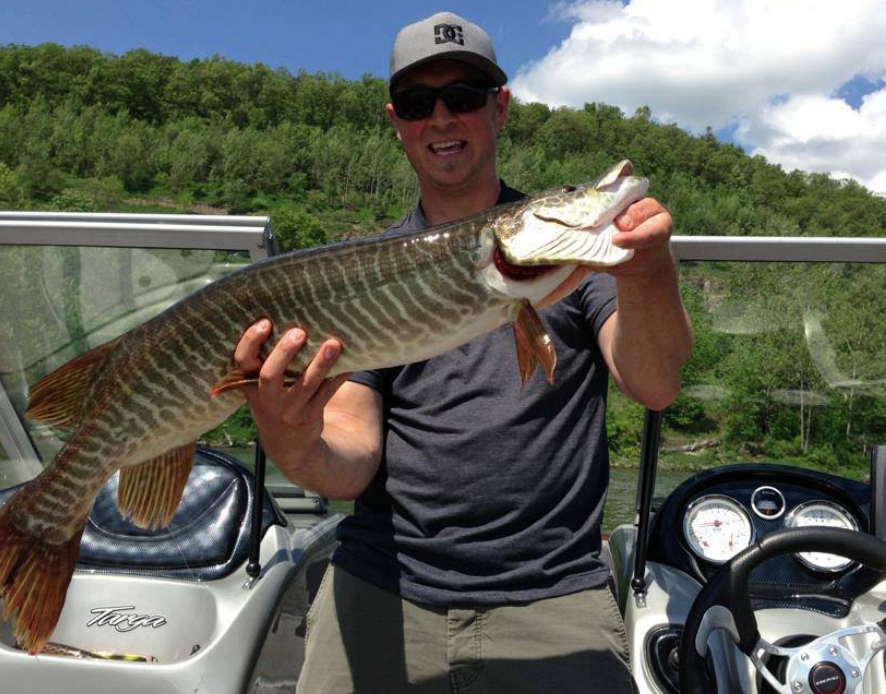
While “10,000 casts” serves as an effective metaphor for difficulty, research and creel surveys provide insight into actual muskie catch rates. Studies conducted across major muskie fisheries suggest average success rates ranging from one fish per 25-50 hours of dedicated fishing for experienced anglers on quality waters. For novices or those fishing in more challenging waters, the numbers can extend to 100+ hours per fish. These statistics translate roughly to the legendary 10,000 casts for average anglers, as a typical fishing day might include 200-300 casts, meaning 30-50 hours could indeed approach the mythical number. Interestingly, catch data shows extreme variability, with success often clustering around specific weather patterns or seasonal windows rather than distributing evenly across fishing time. The statistical reality confirms what experienced muskie anglers understand intuitively: these fish demand extraordinary time investment, with success rates that would be considered failure in most other fishing pursuits.
Modern Techniques and Improving the Odds
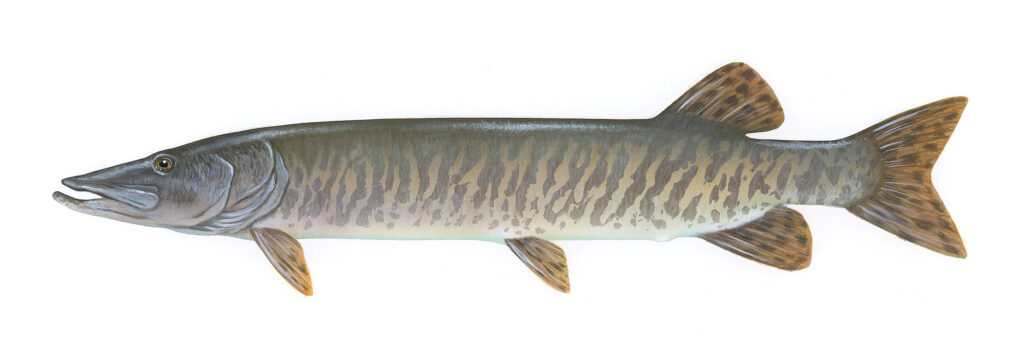
Contemporary muskie fishing has evolved significantly, with modern approaches potentially reducing, though certainly not eliminating, the “10,000 casts” challenge. Advanced electronics, particularly side-imaging and down-imaging sonar, allow anglers to locate structural elements and sometimes even individual fish with unprecedented precision. Refined lure designs, including large soft plastics and glide baits that more accurately mimic preferred forage, have improved triggering potential. The proliferation of catch data through fishing apps and online communities has accelerated pattern recognition, helping anglers identify productive conditions more quickly. Guide services specializing exclusively in muskies have also shortened the learning curve, providing concentrated knowledge transfer that might otherwise take years to develop. Despite these advancements, most serious muskie anglers still report average success rates measured in days rather than hours, suggesting that while technology and information sharing have improved efficiency, the fundamental challenge remains substantial enough to justify the “10,000 casts” moniker.
The Trophy Factor: Size and Rarity

The pursuit of trophy-class muskies—generally considered those exceeding 50 inches—represents an entirely different magnitude of challenge that reinforces the “10,000 casts” reputation. These exceptional specimens typically represent less than 1% of muskie populations, with many anglers fishing entire lifetimes without encountering a true giant. Trophy muskies not only represent genetic outliers but also fish that have survived long enough (typically 15+ years) to reach exceptional size, developing extreme wariness along the way. Their feeding behavior becomes increasingly selective, often focusing on larger prey items and feeding less frequently than smaller specimens. The combination of natural rarity and learned caution makes trophy muskies exponentially more difficult to catch than average specimens. For anglers specifically targeting fish of this caliber, the “Fish of 10,000 Casts” nickname might understate the challenge, with some dedicated trophy hunters reporting investment of thousands of hours specifically focused on giant specimens.
The Cultural Phenomenon: Muskie Obsession
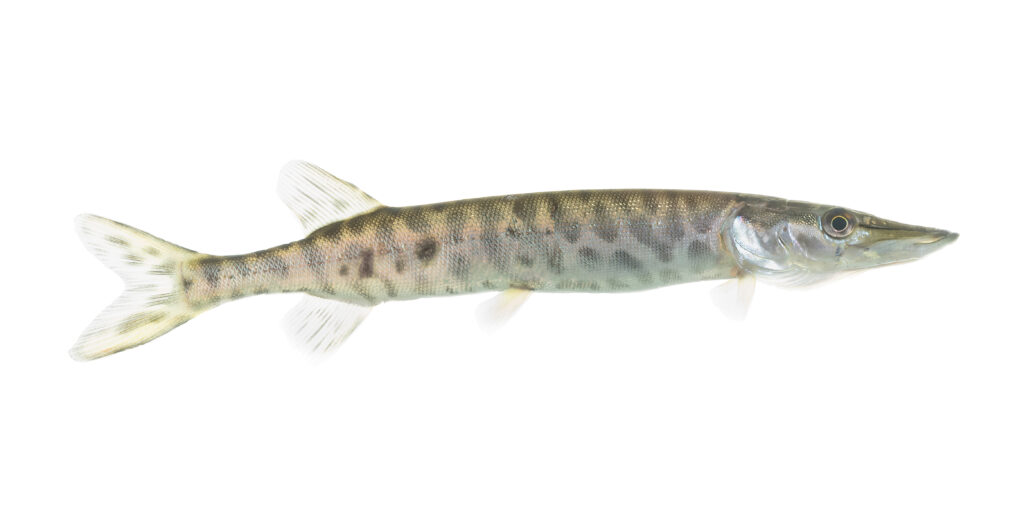
Beyond the practical difficulties, muskie fishing has developed into a distinct cultural phenomenon that embraces and celebrates the extreme challenge. Dedicated “muskie hunters” often form tight-knit communities bound by shared experiences of both struggle and triumph, with successful catches treated as significant life events rather than routine occurrences. The culture includes specialized vocabulary, traditions like the figure-eight ritual, and even superstitions about discussing specific spots or techniques. Muskie-focused clubs, tournaments, and conservation organizations have proliferated, creating social frameworks that support the extraordinary commitment required. This cultural dimension helps explain why the “10,000 casts” nickname persists as a point of pride rather than discouragement—it acknowledges membership in an exclusive group willing to endure what others might consider unreasonable effort. The mystique surrounding these fish has transformed what might objectively be considered a poor return on investment into something approaching a spiritual pursuit for dedicated participants.
The Reward: Why Anglers Persist Despite the Challenge
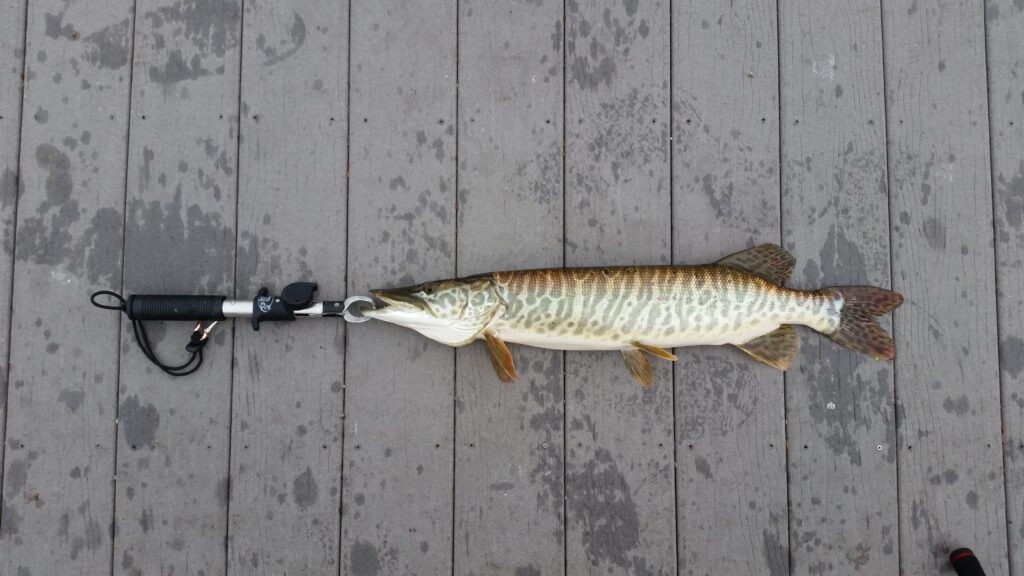
Despite the extraordinary difficulty, thousands of anglers remain devoted to muskie fishing, raising the question of what rewards justify such an investment. For many, the primary compensation comes in the form of adrenaline-fueled moments when a muskie finally appears—the heart-stopping boat-side follows, explosive strikes, and powerful battles that create lasting memories precisely because of their rarity. The challenge itself becomes part of the appeal, with success valued proportionally to the effort required to achieve it. Many muskie anglers describe a deeper connection to nature developed through extended observation and pattern recognition, creating a more profound understanding of aquatic ecosystems than might develop in more action-oriented fishing. Perhaps most significantly, the pursuit fosters personal growth through cultivating patience, persistence, and the ability to find fulfillment in the process rather than results. When success finally comes, often after those thousands of casts, the intensity of the experience creates fishing memories that stand apart from more common catches, justifying every moment of the extraordinary commitment required.
The Truth Behind the Legendary Nickname

The muskie’s reputation as “The Fish of 10,000 Casts” encapsulates everything that makes these magnificent predators both frustrating and irresistible to dedicated anglers. Far from being mere hyperbole, this nickname accurately reflects the genuine challenge presented by their biology, behavior, habitat preferences, and selective feeding patterns. For those willing to invest the time, energy, and resources required to pursue muskies seriously, the journey becomes as meaningful as the destination—a test of character as much as fishing skill. While modern techniques and technology continue to evolve, the fundamental challenge remains sufficiently daunting to ensure that successfully landing a muskie will always represent a significant achievement in an angler’s life. Perhaps that’s ultimately why the “10,000 casts” moniker endures—not as a deterrent, but as an honest acknowledgment that some pursuits derive their value precisely because they demand extraordinary commitment, making success, when it finally comes, all the more meaningful.
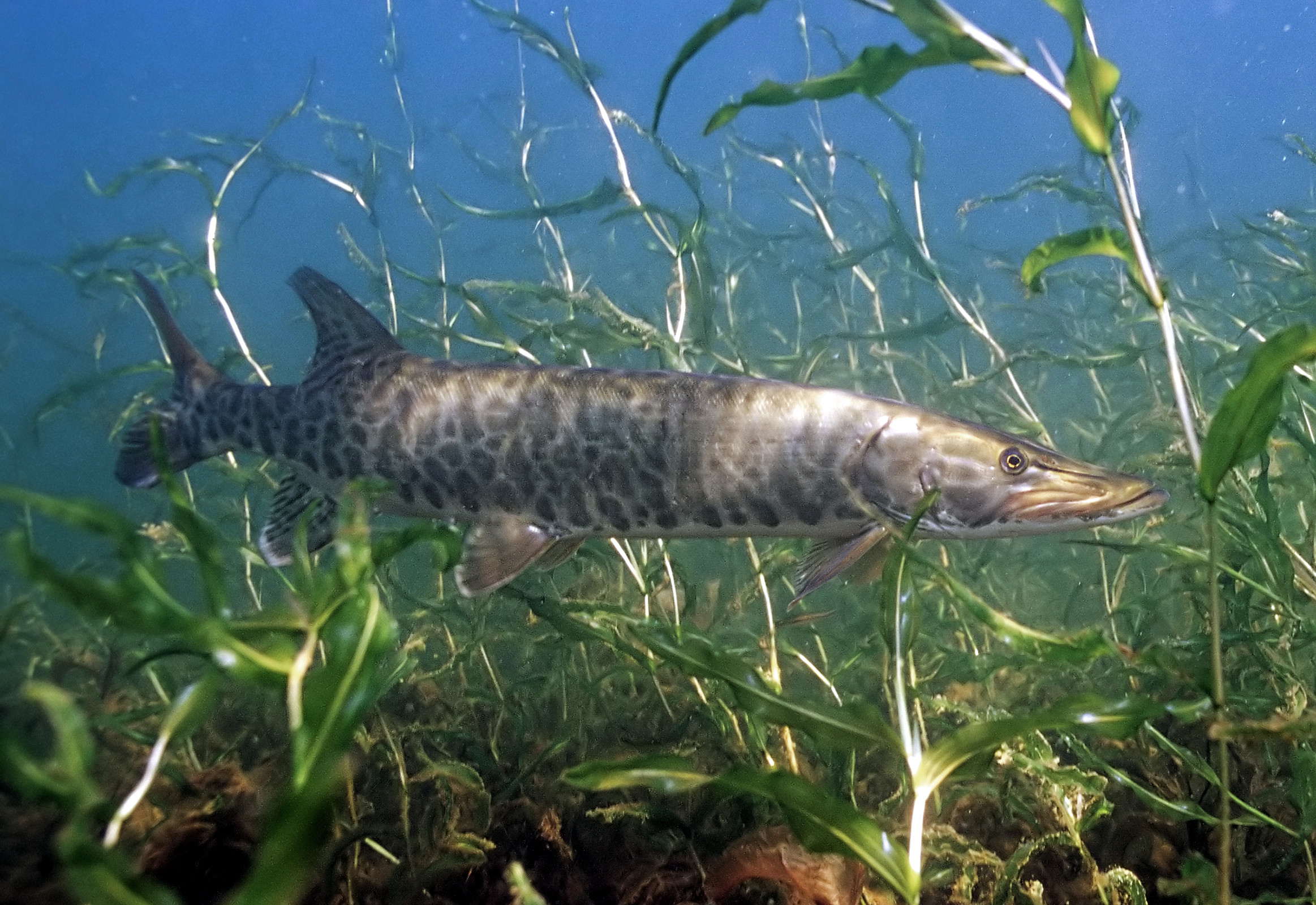
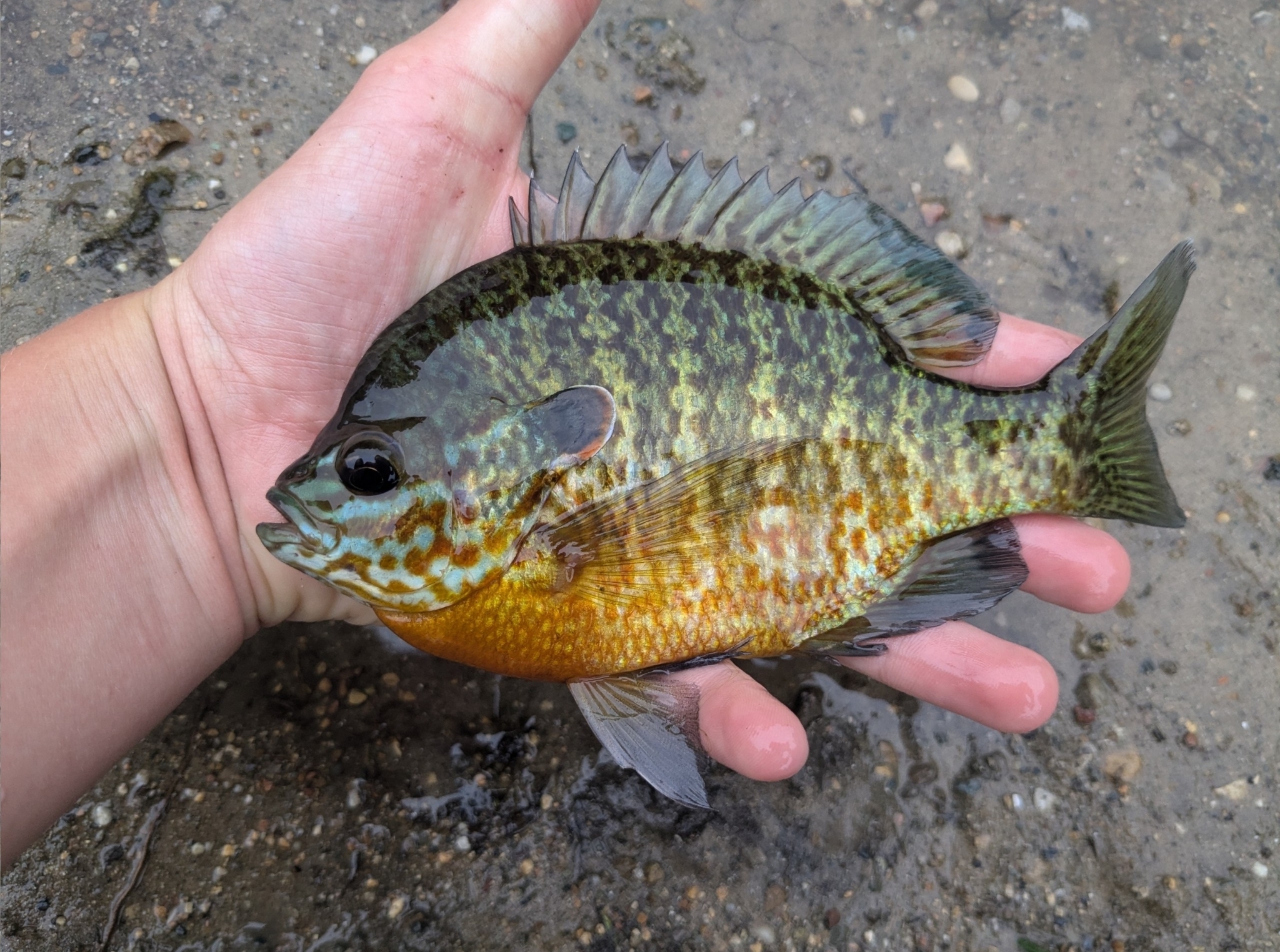












Post Comment